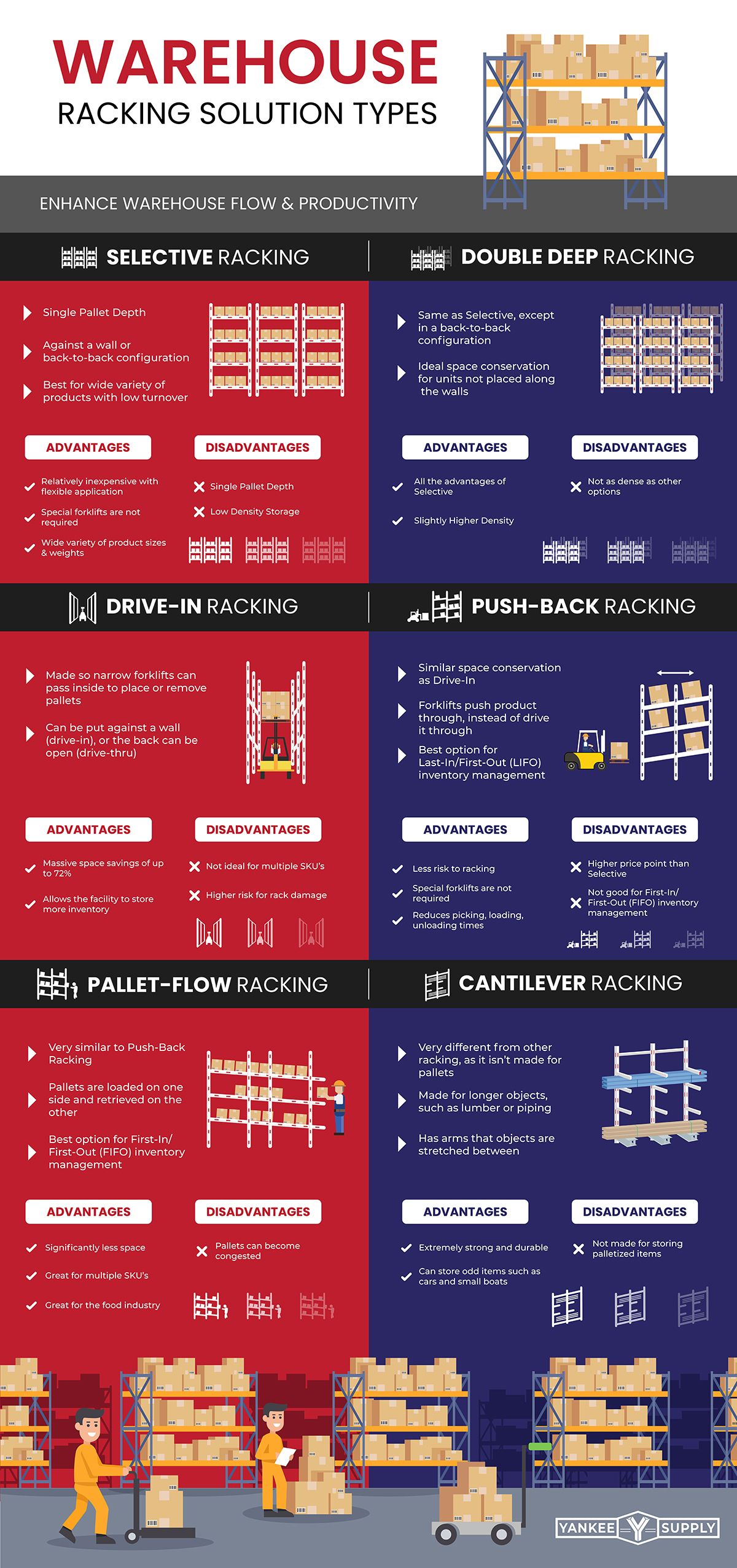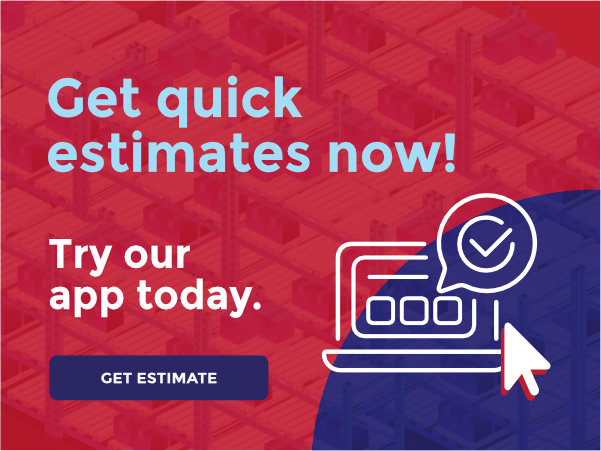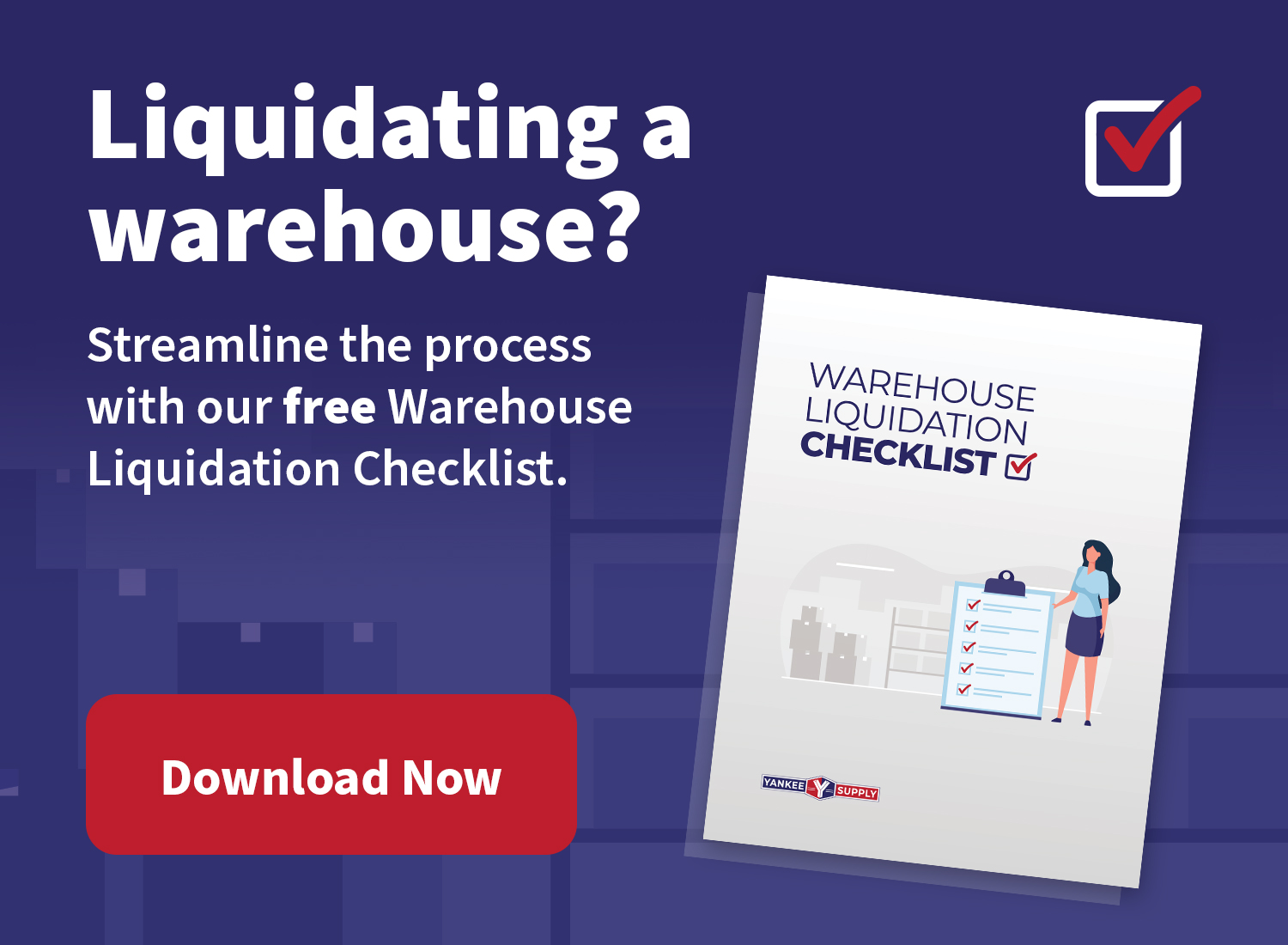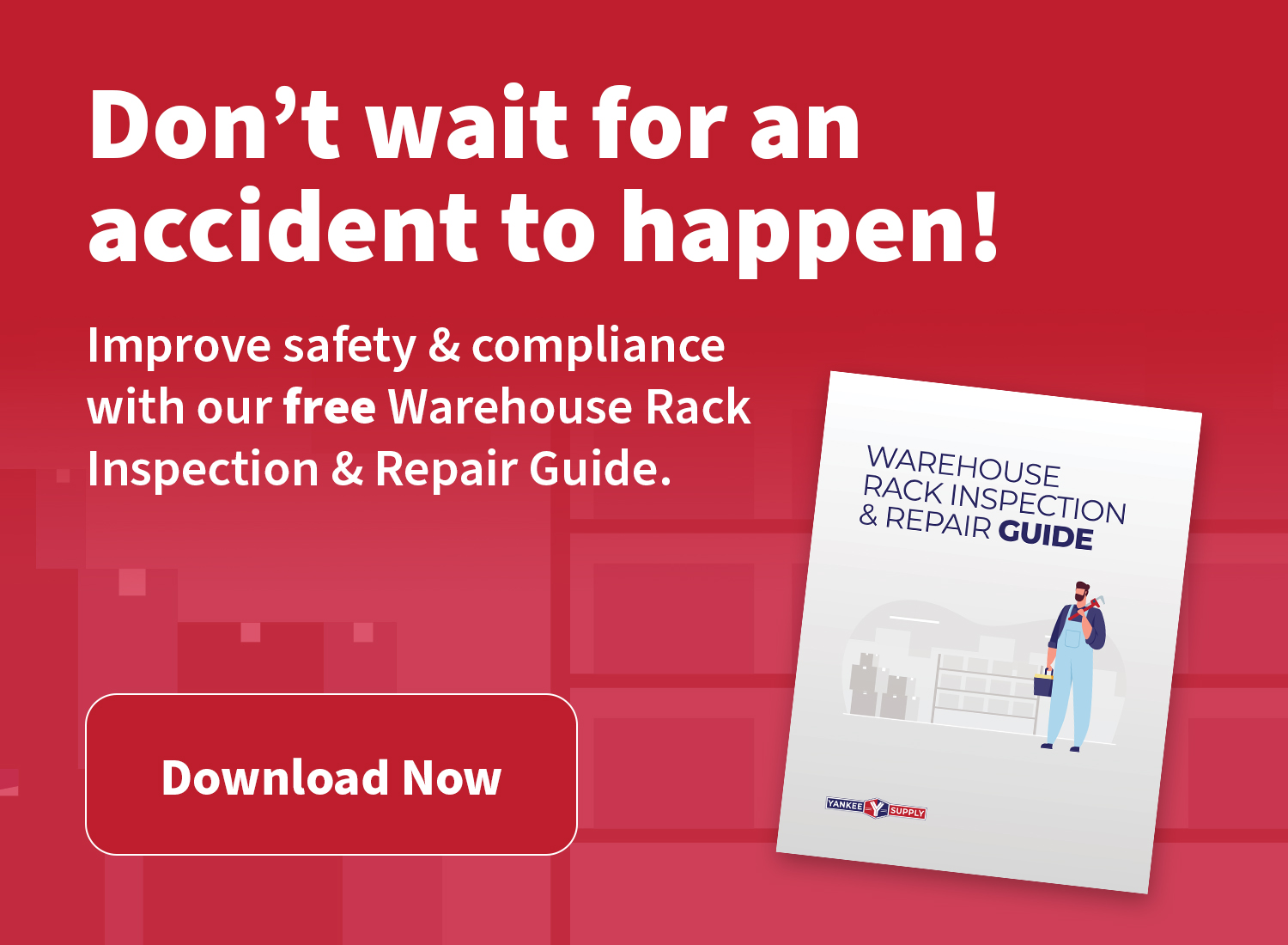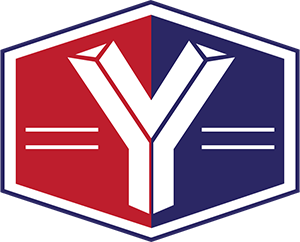X
-
Products
- All Products
- Air Cargo
- Banding
- Bar Grating
- Bins & Totes
- Bulk Containers
- Bulk Rack
- Cantilever
- Carts & Dollies
- Case Sealers
- Casters
- Conveyors
- Dock Equipment
- Drum Equipment
- Fans
- File Cabinets
- Flammable Cabinets
- Flow Rack
- Guards & Railing
- Hand Trucks
- Hoists
- Lift Equipment
- Lockers
- Mezzanines
- Modular Drawers
- Modulars & Partitions
- Packaging Equipment
- Pallet Rack Accessories
- Pallet Racking
- Pallets
- Picking Systems
- Push Back Rack
- Rolling Ladders
- Scales
- Shelving
- Stack Racks
- Strapping
- Stretch Wrap
- Stretch Wrappers
- Wire Baskets
- Wire Decking
- Wire Security Cages
- Workbenches
- Services
- Guides
- About
- Blog
- New Arrivals
- Instant Estimate

